Make 11 photographs that are of, depict or are about nothing.
Below is a simple mind map of my ideas.
For this brief I decided to look into colour theory and go on the idea that you cannot take a photograph of nothing without some sort of conceptual thought about it. An example of this would be a photograph of a white wall. Physically in the image it appears that there is nothing there but universally, colours have connotations to people, connotations will vary from person to person, based on their personal experiences which may affect what certain colours mean to them, but there are universal connotations of colours. For the example above, the universal connotation of the colour white is clean and clinical.
Below are my final 11 photographs.

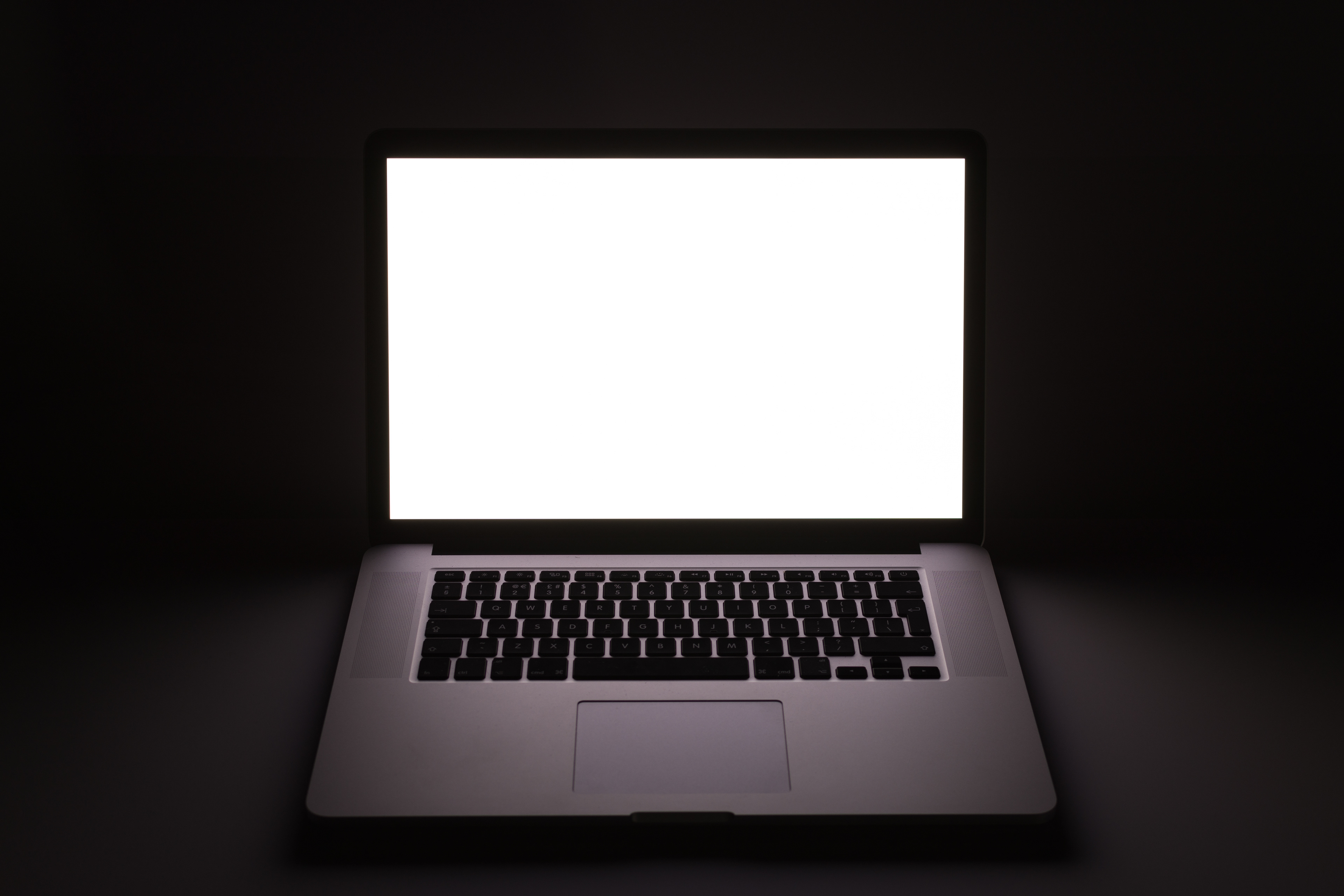
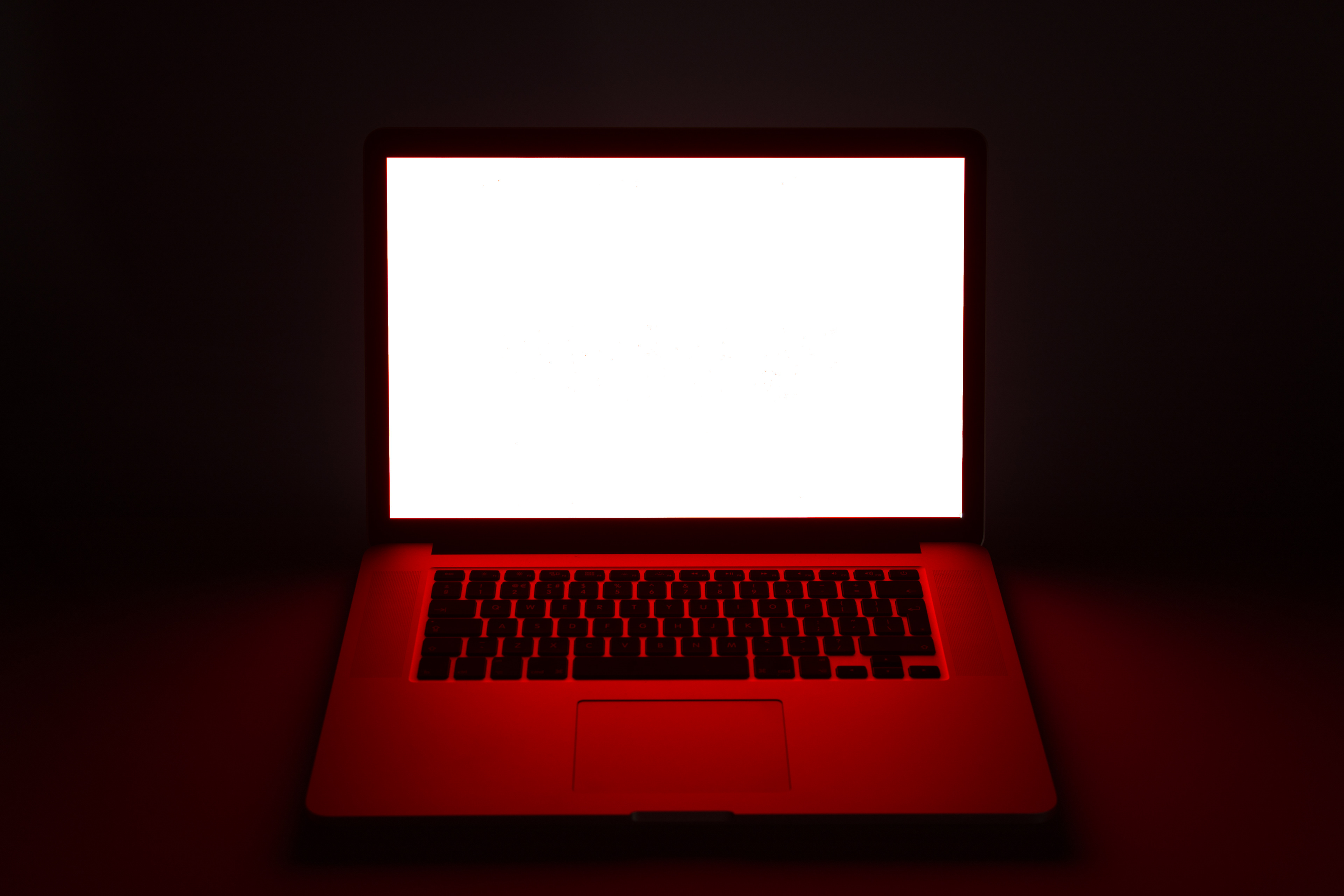
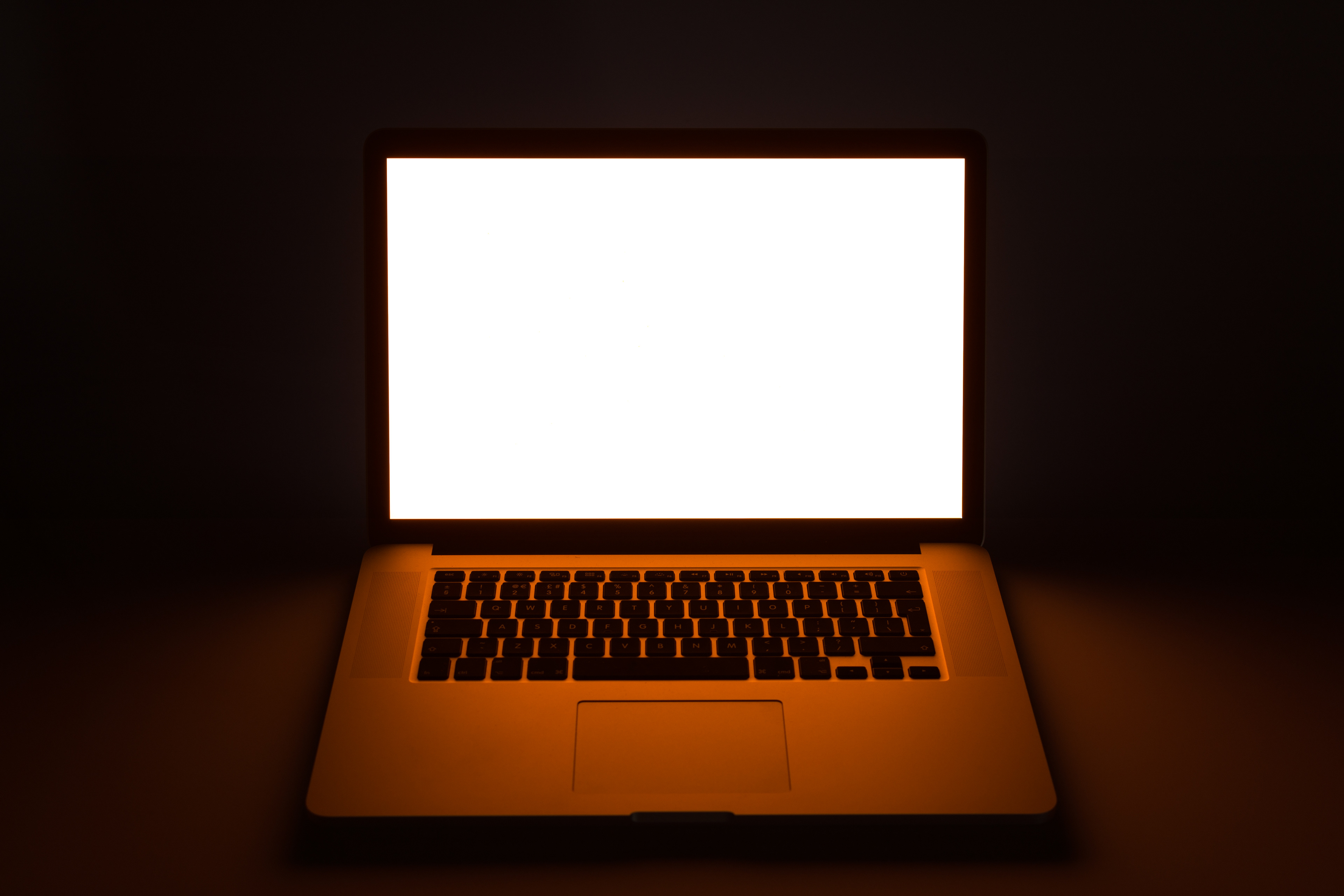
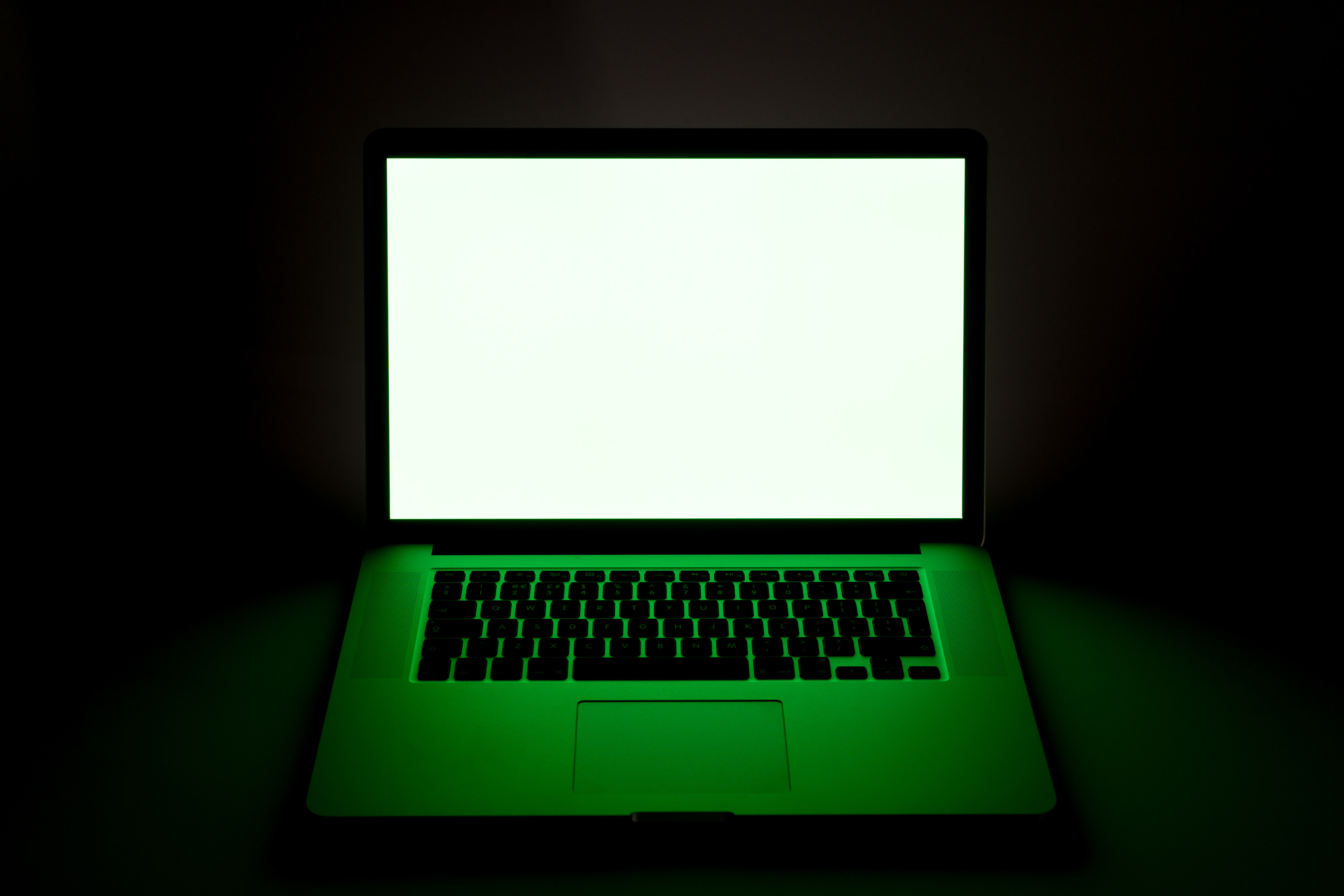
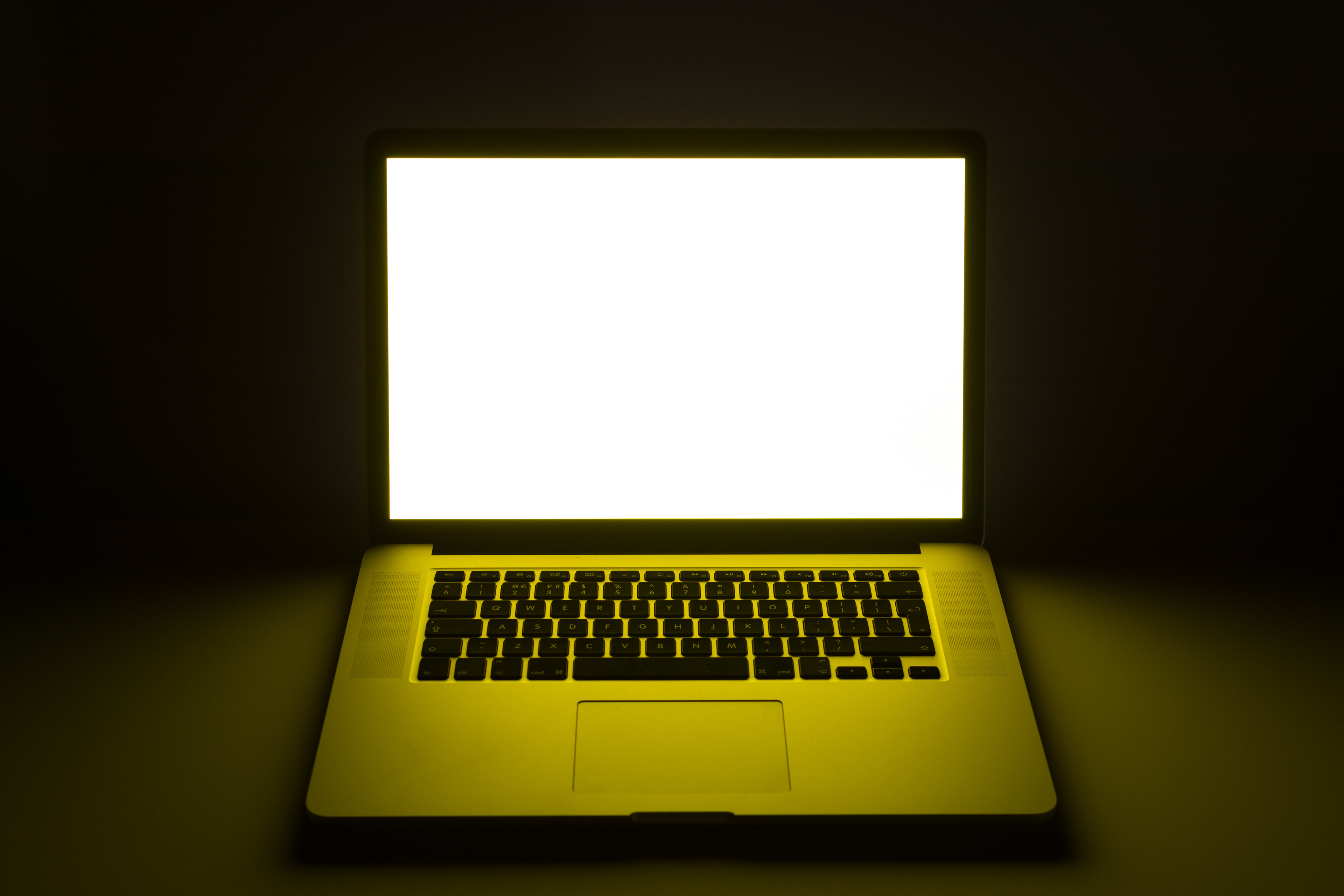
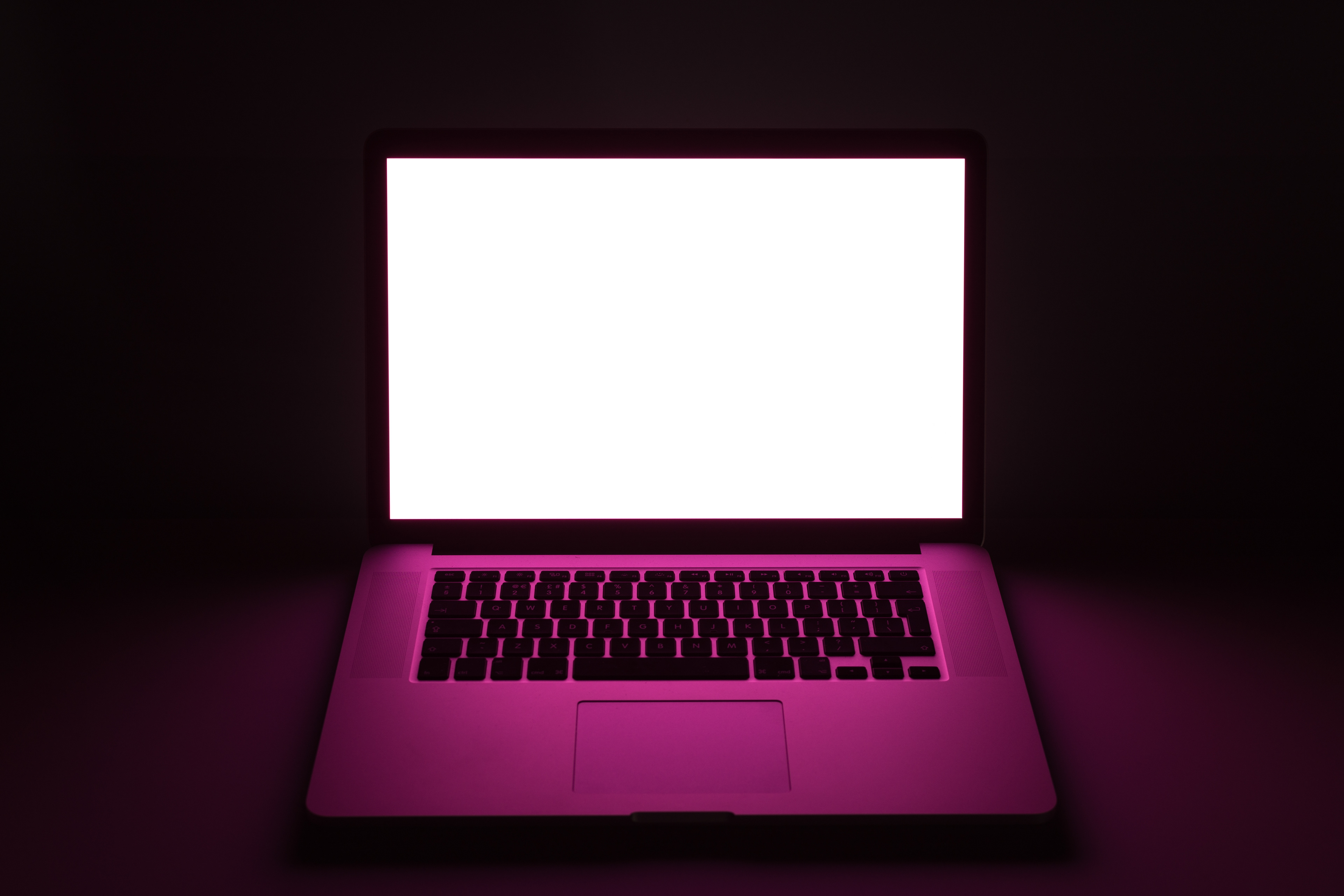
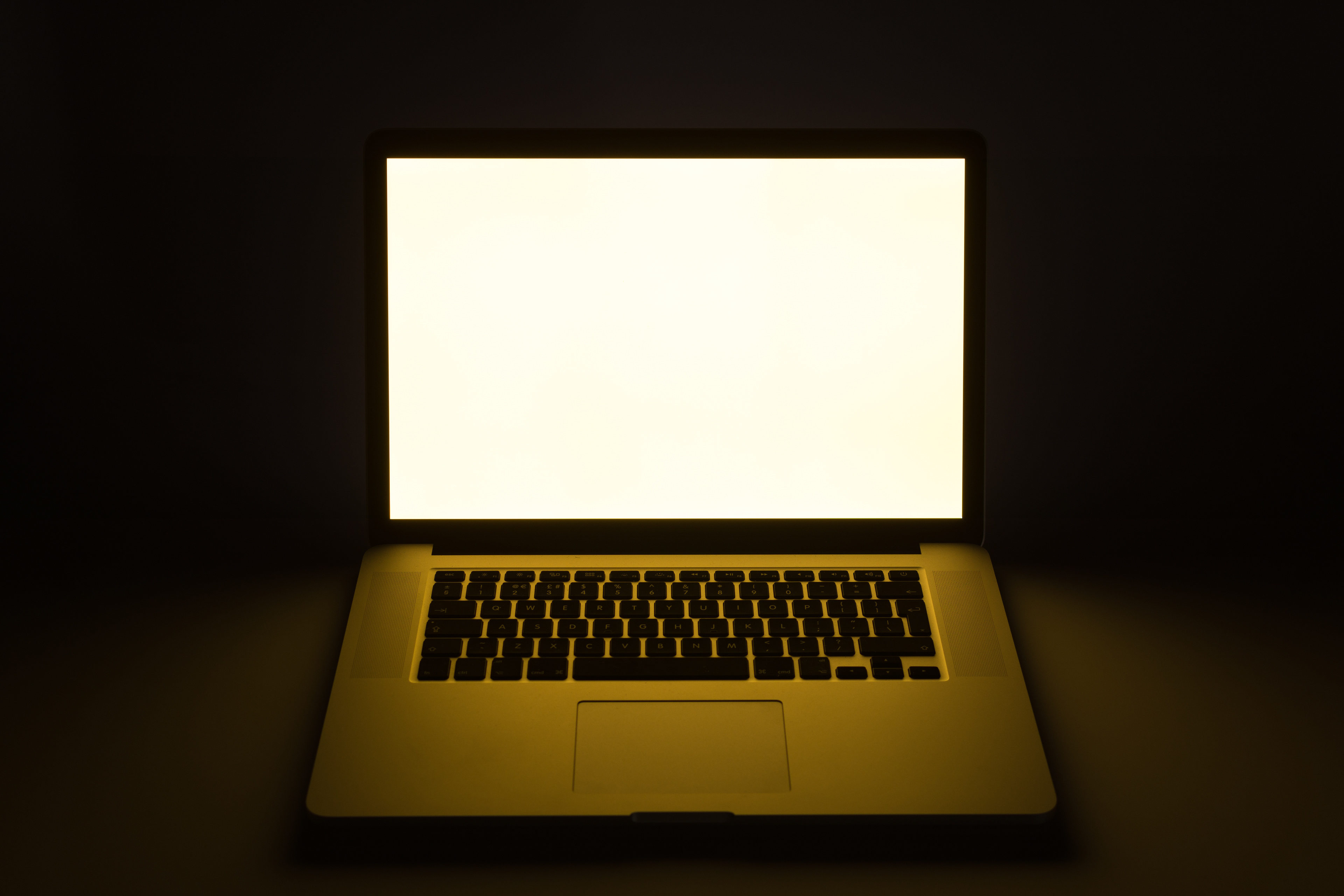
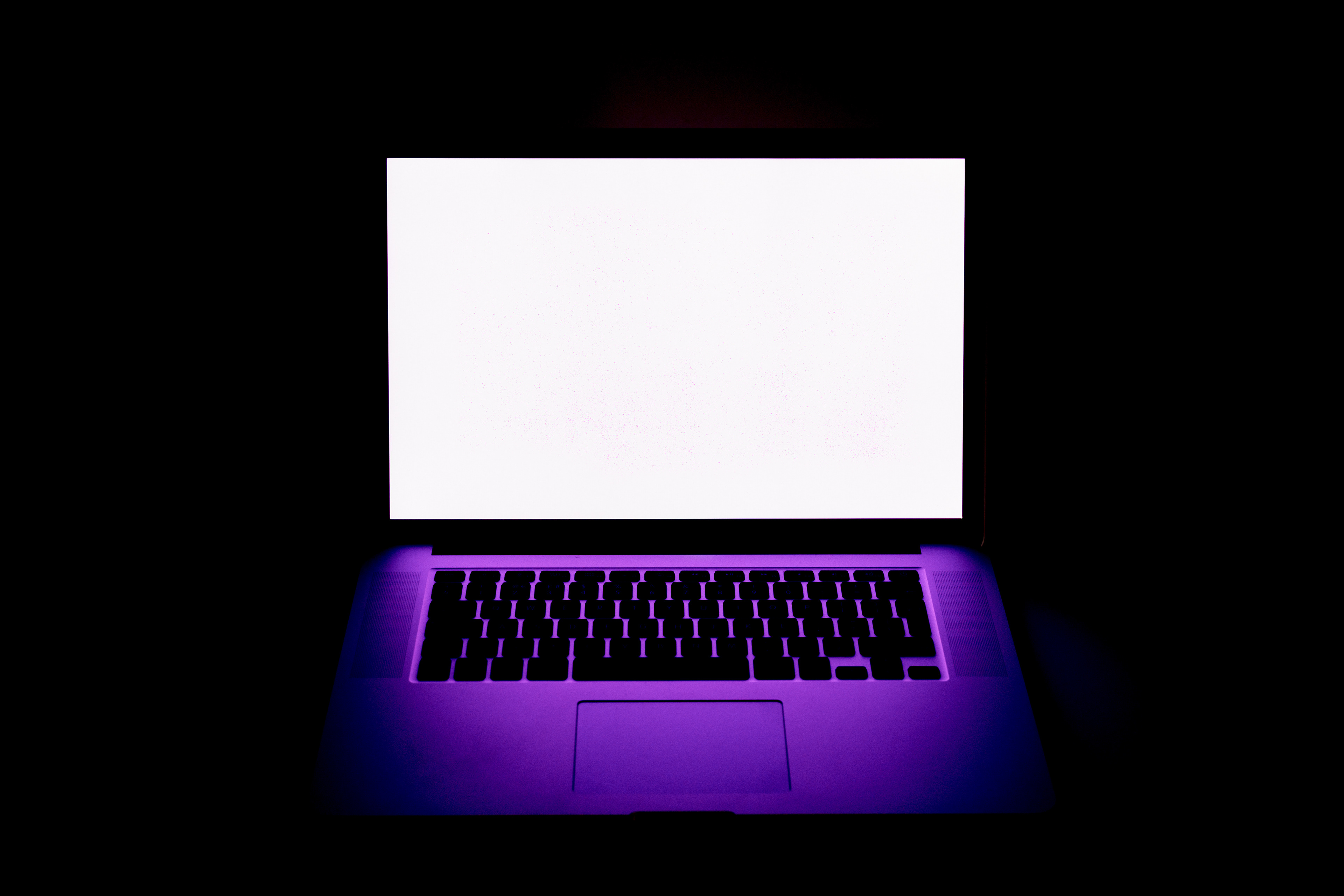


I went with this idea as the white laptop screen represents nothing but the surrounding area is flooded with colour. In this instance the colour represents a mood or feeling. The white can represent a person's exterior and the colour can represent how they are really feeling or thinking on the inside.
Below I added text within the frame to see whether it would have any other effect but I decided not to use these images as it clutters the frame too much and distracts from the idea of nothingness. A white screen is cleaner and represents nothingness better.


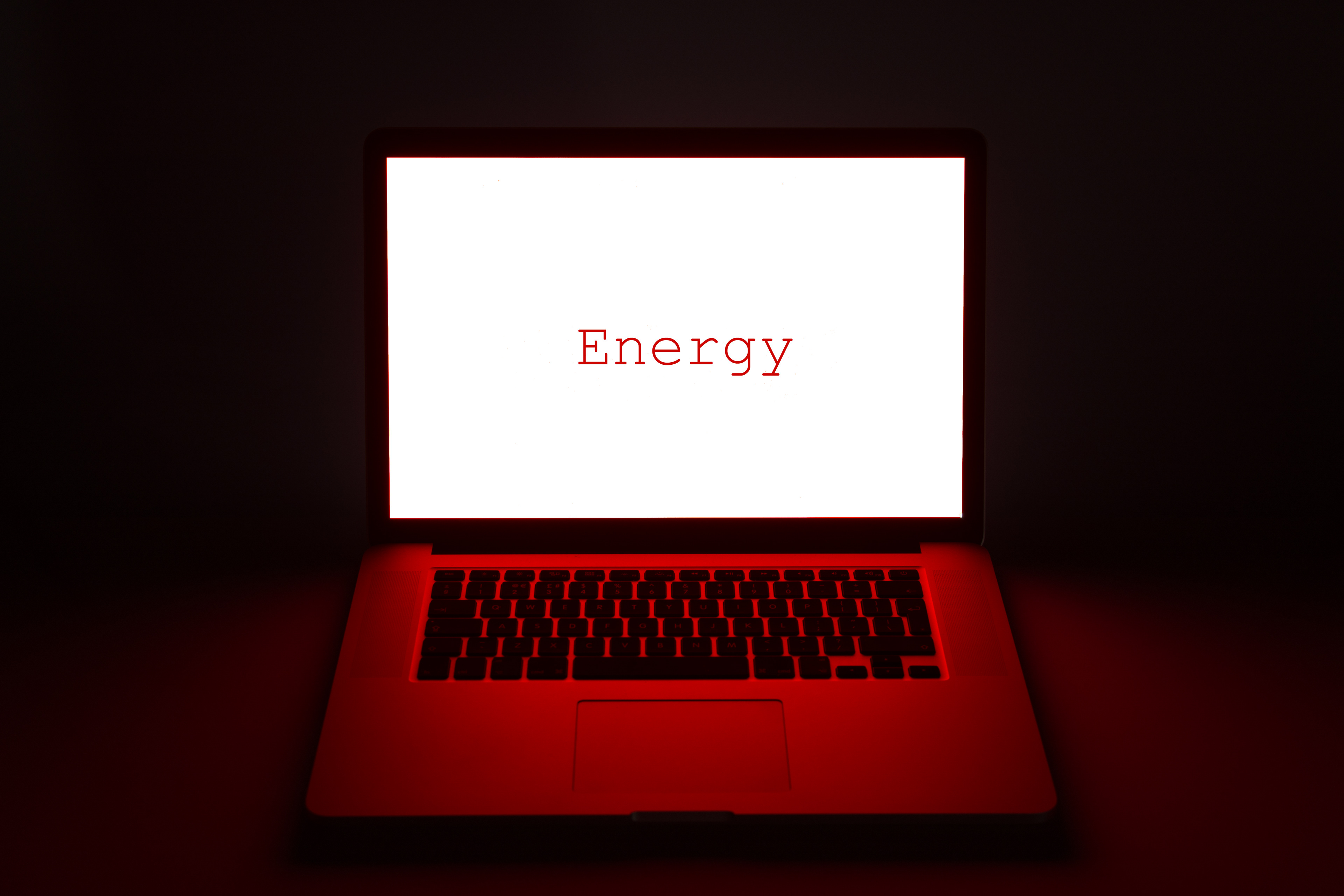
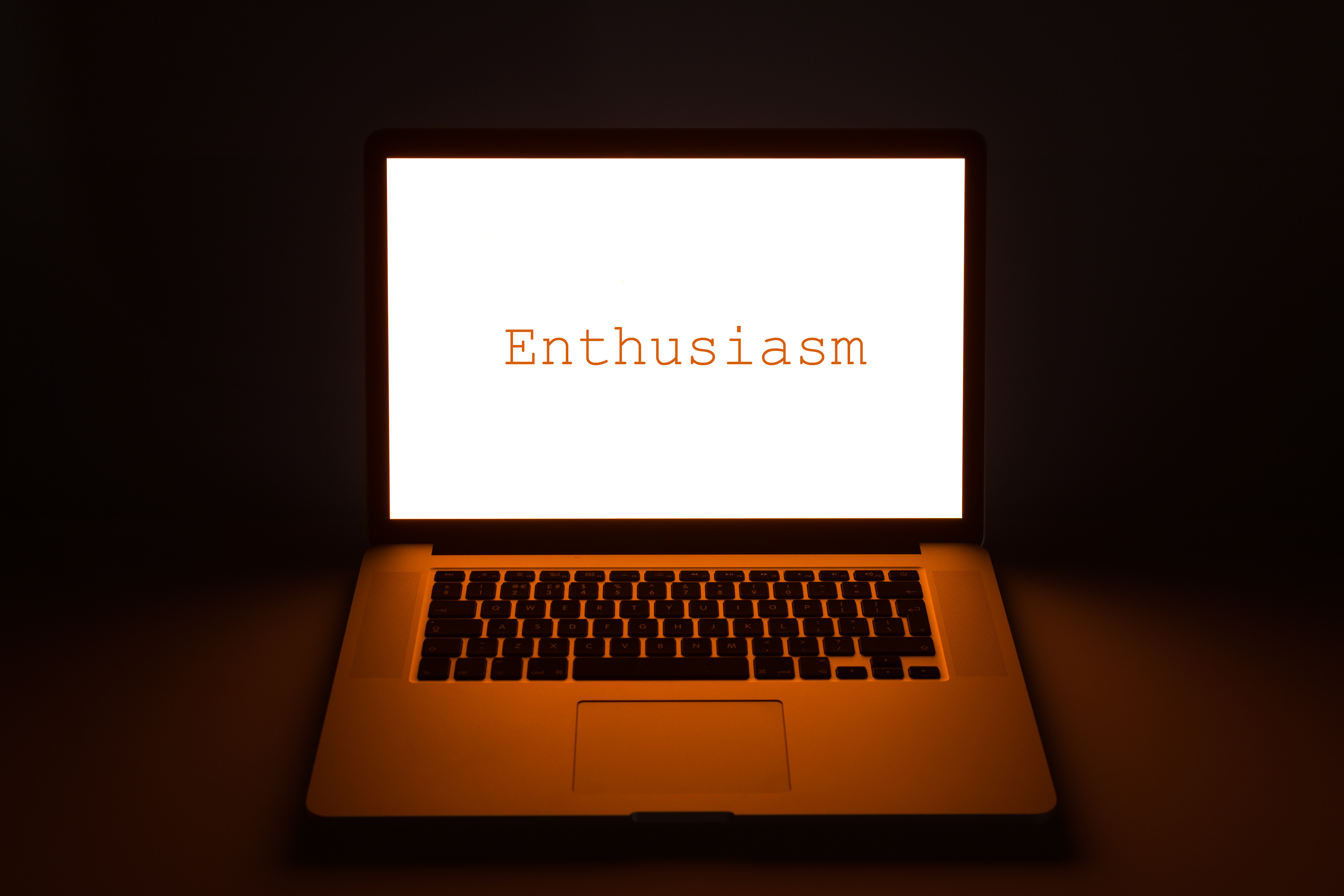
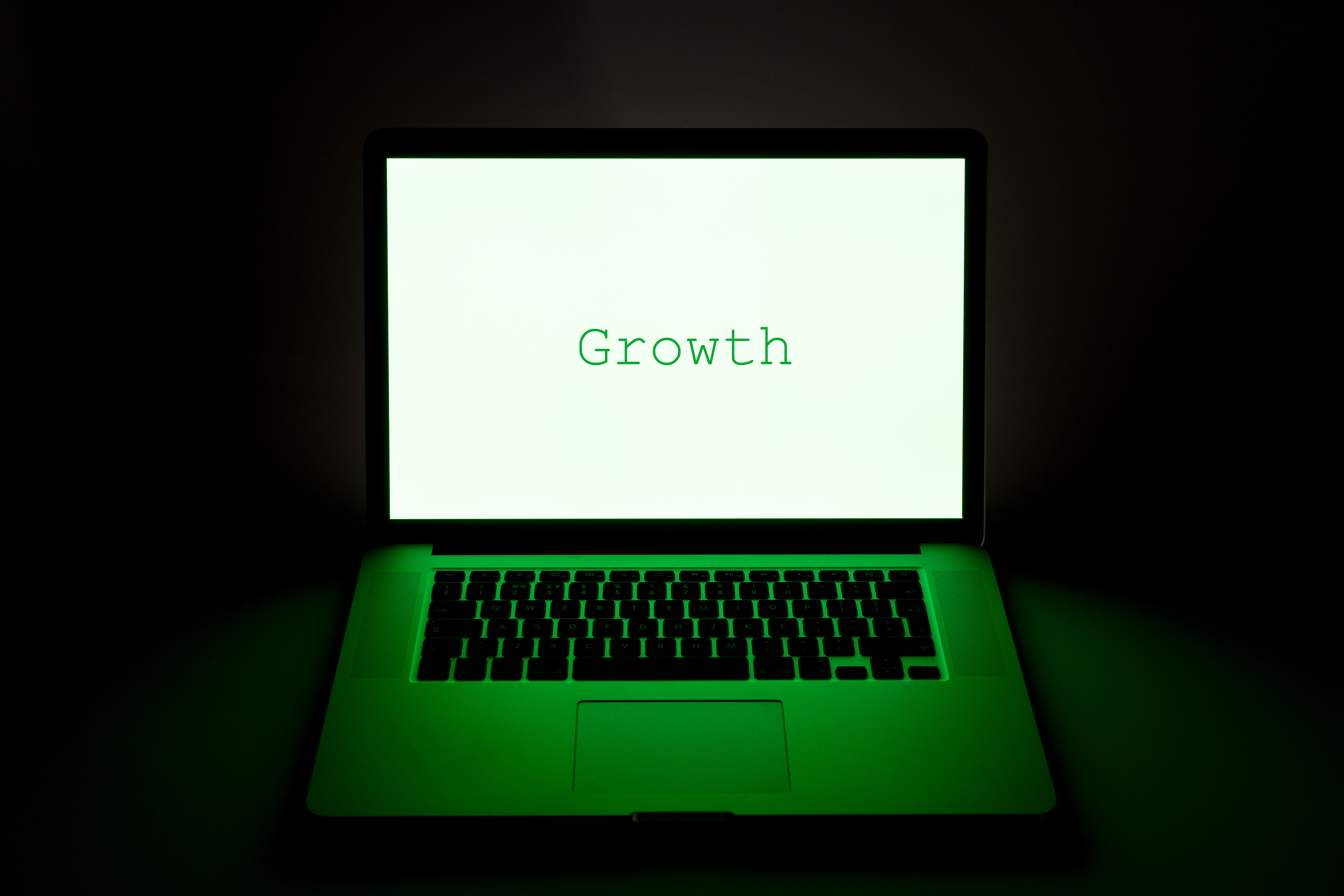

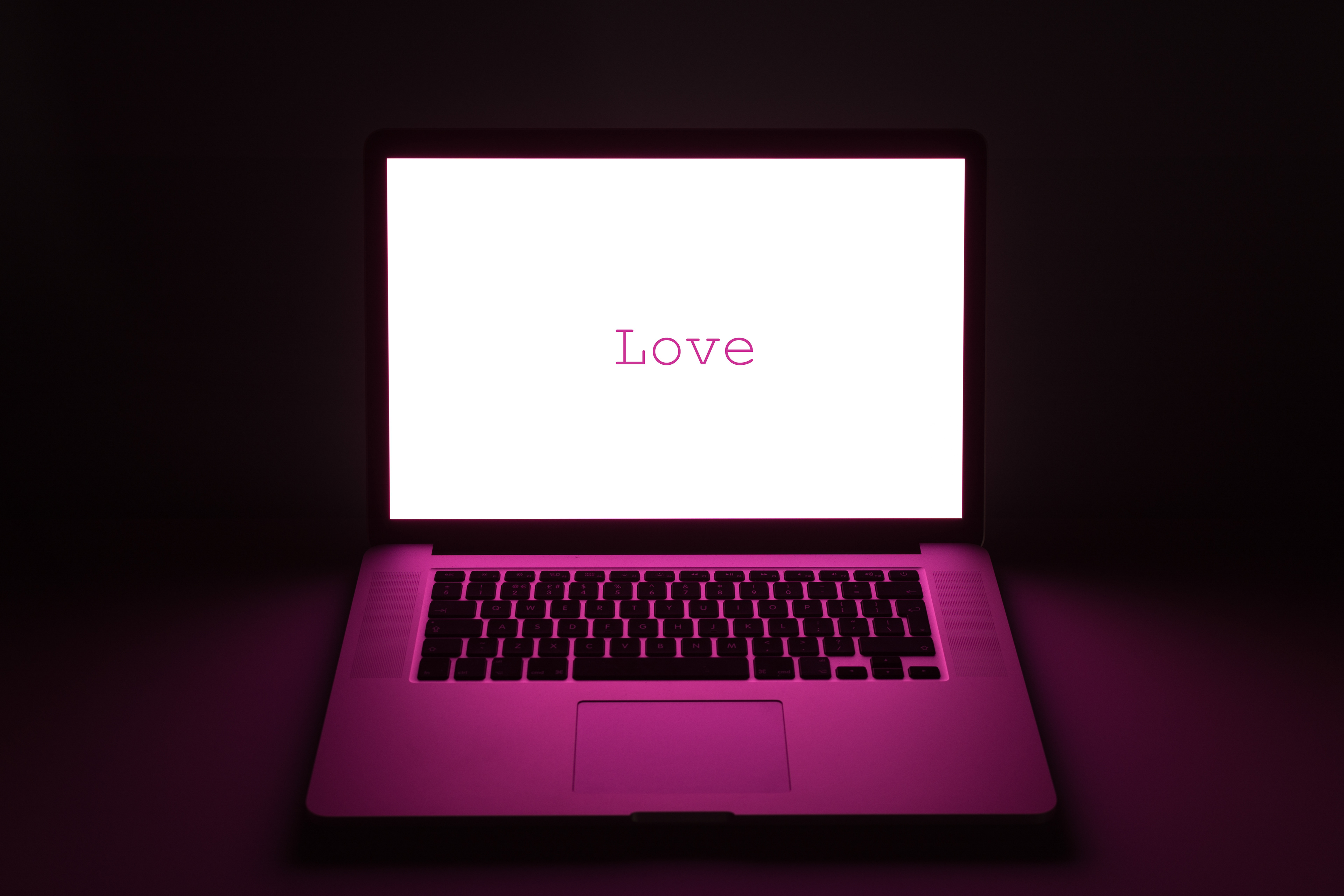
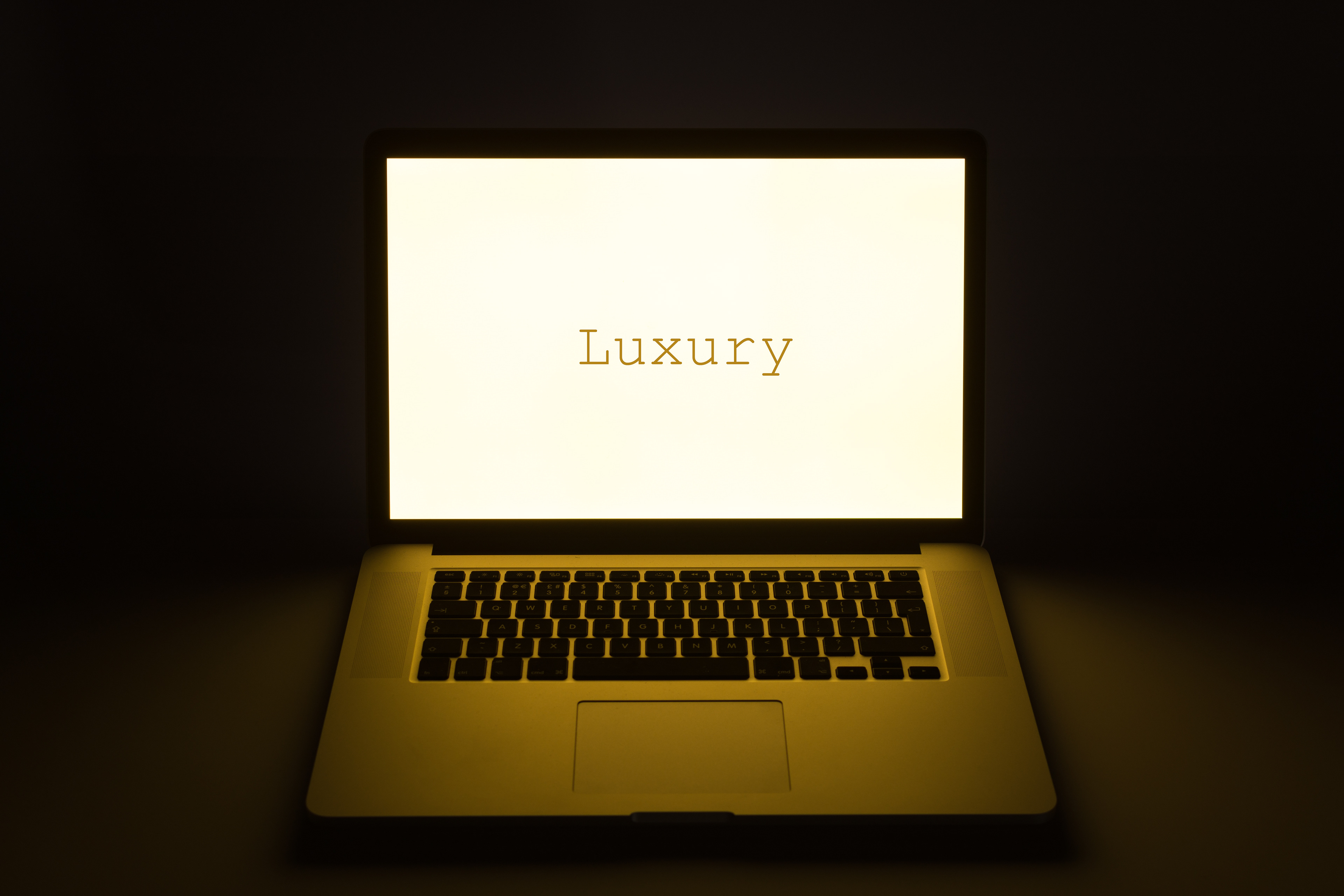



Evaluation
Overall I don't like this piece of work. To me it looks boring because of the simplicity of it. I would have preferred to do this with a more interesting idea behind it rather than it physically representing nothing. I found that I had only a few ideas for this brief and only came up with this idea a few days before as it was my only idea I could do within the time period. After my research, it was Todd Hido's work that inspired me to use plain colours. I found it stressful trying to come up with an idea as it isn't something I am interested in or thought about before. However I did learn a few new Lightroom skills along the way and experimented with graphics (text) in my images.
As I said above, if I was to do this again I would definitely try and come up with a more interesting idea and do something outside of the studio as this is where I feel most comfortable. My other ideas consisted of abandoned places, empty rooms and slow shutter speeds to blur movement in the image. Due to the time constraint I would not have had time to scout for abandoned locations and stage empty rooms. Another idea which intrigued me was to focus on a specific colour and try to find alternate shades of that colour.
Artist Research 1
Robert Polidori
Robert Polidori was born in Montreal, Canada in 1951 and is one of the worlds most famous photographers for photographing the human habitat and environment. He is known for including aspects of the past and the present in one frame and creates these highly-detailed images using large format colour film. He started his career in avant-garde film and helped out at the Anthology Film Archives in New York when he moved to the United States.
Below are a few examples of his work.
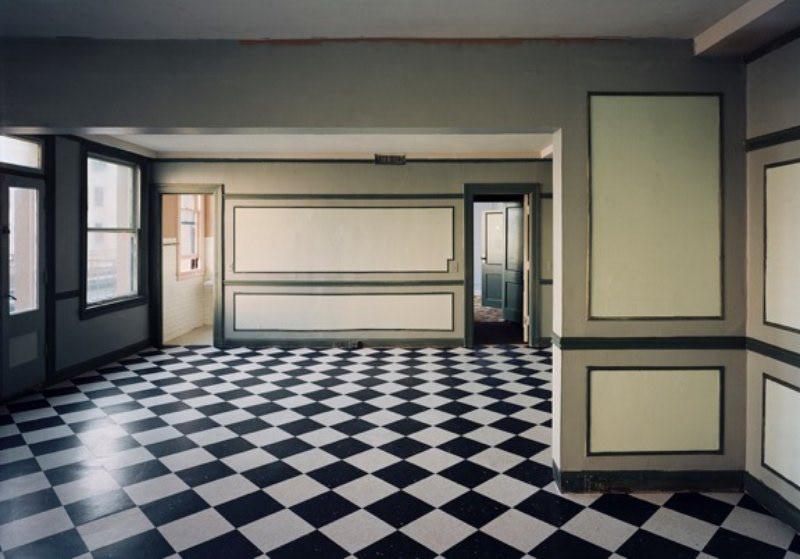
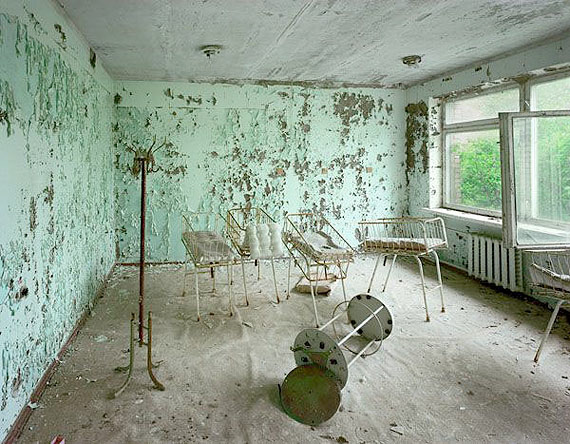
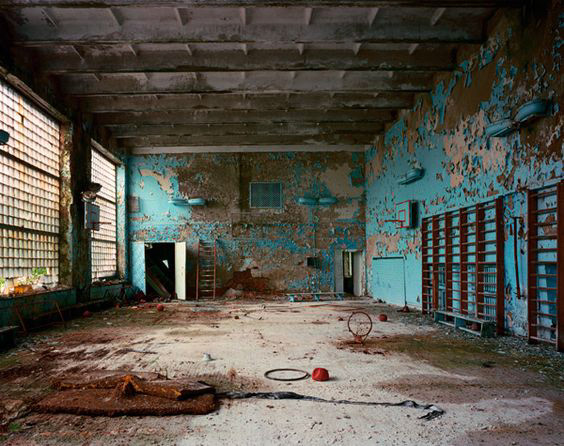
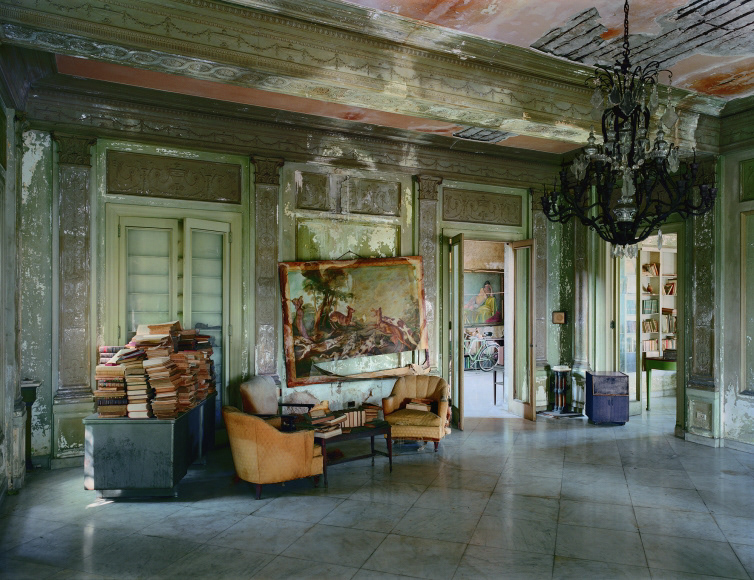
I really like Robert's work especially these abandoned images above as they have amazing detail but to me still represent the idea of nothing. I also really like the colours of the rooms and objects inside. I also like how basic his composition is which allows the viewer to focus on the empty room itself.
Artist Research 2
Todd Hido
Todd Hido was born in Ohio in 1968. He is San Fransisco based and has had his work featured in The New York Times Magazine, Wired, FOAM and Vanity Fair. He has also had is work in exhibitions in San Fransisco Museum of Modern Art, Getty and Whitney Museum of Art. Some of his most well-known work are based around urban and suburban housing across the United States.
Below are some examples of his work.



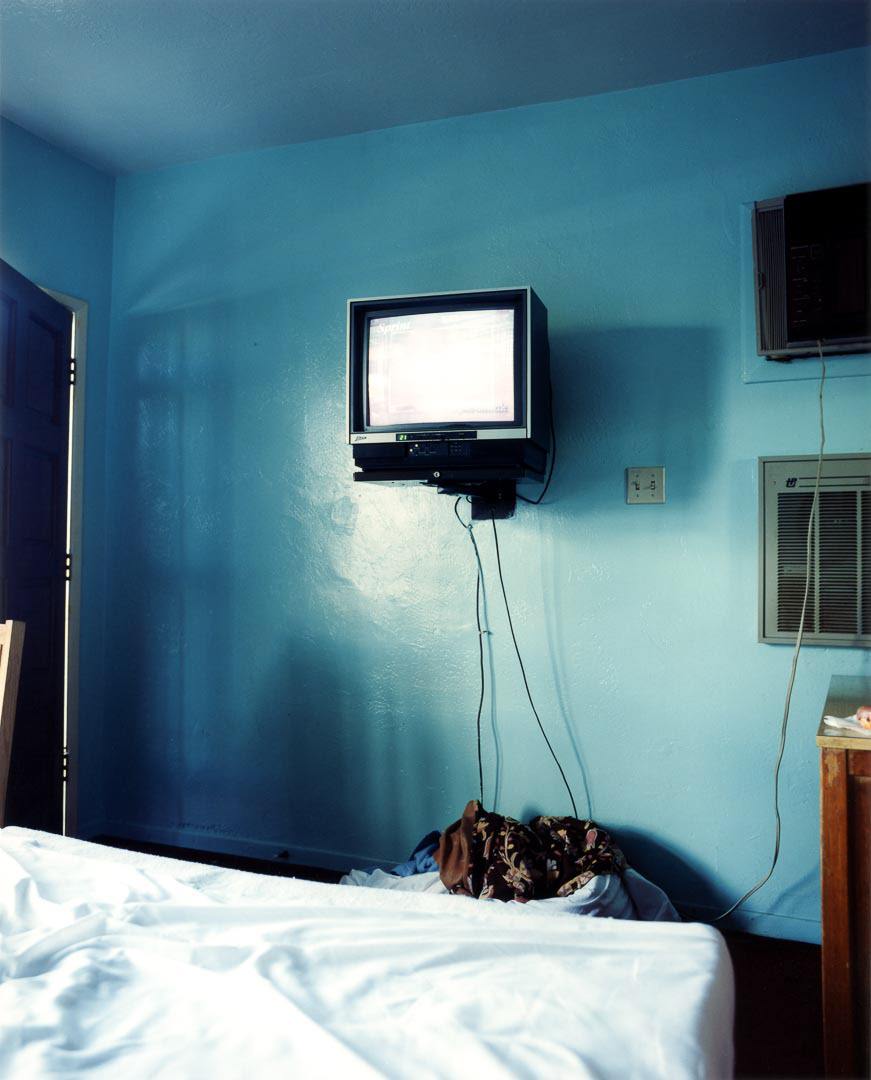
I really like his work because they incorporate plain colours and simple colour palettes. I also like the shadows he creates in some of his images which create new tones and shapes on the subject. I like how the different colours connote certain meanings which is supported by the objects included in the frame.